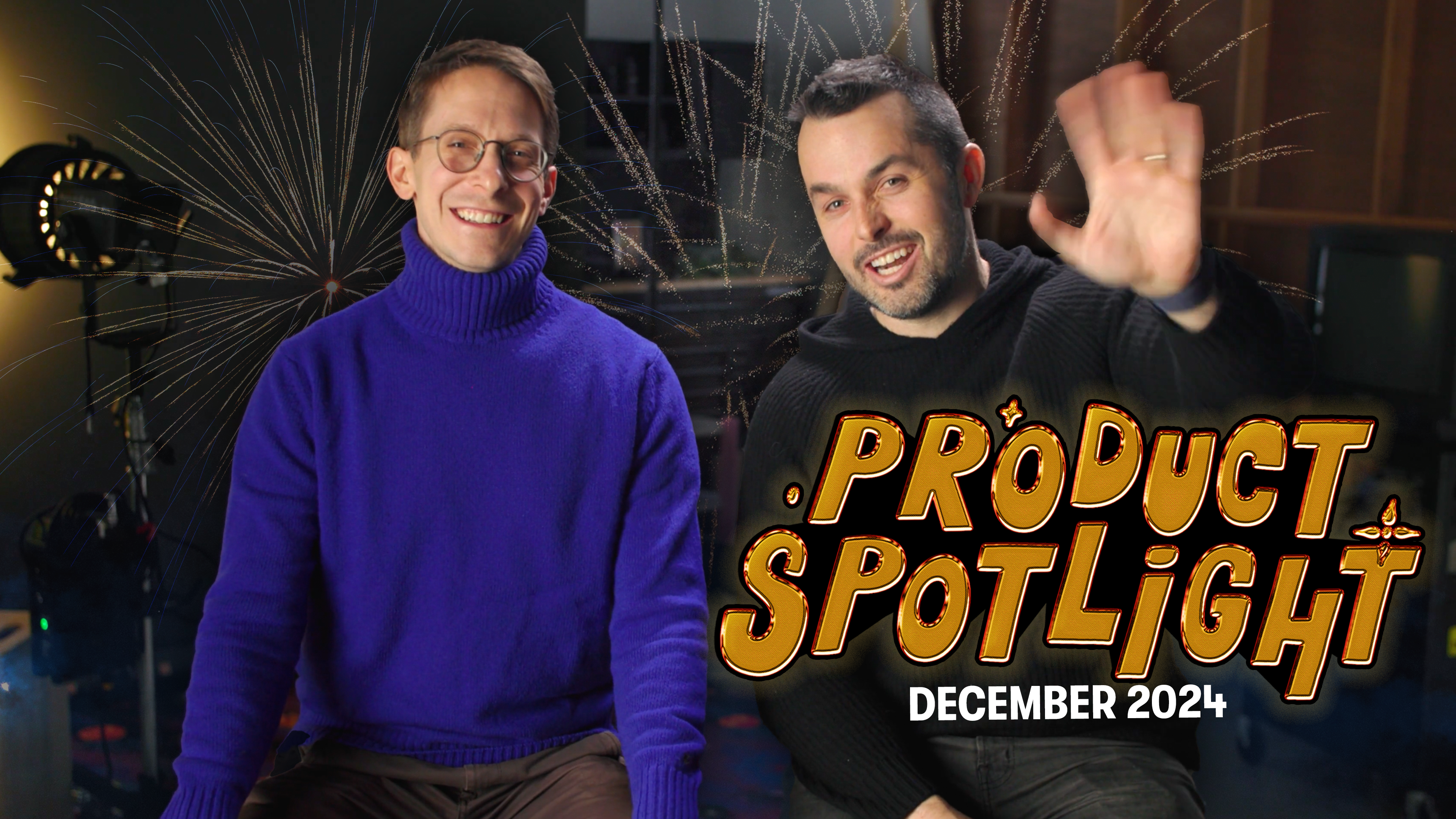What to Do with Your Hands on Camera
March 24, 2015
Topic tags
Kristen Craft
Business Development
Anyone who’s been on camera is likely familiar with the following thought process:
Am I gesturing too much with my hands? Or do I look too stiff? Maybe I’m not using them enough? What the hell do I do with these things? They just kinda hang here, don’t they?
People who are new to the camera struggle with how they should use their hands, but even video veterans find it tough. The fact is, most times, you’re so focused on delivering a natural line that hand gestures are an afterthought.
Despite the fact that we’re on camera all the time here at Wistia, we still ask ourselves what to do with our hands when that red light goes on. Here are some tips to make this a little easier:
Add more energy by using your hands
You risk looking flat and unenthused if your hands are just hanging limply by your side. If you normally speak with your hands, bring your usual gestures to the screen. Don’t go overboard — a little gesticulation goes a long way. If you’re not a hand-talker, though, beware: you risk looking more awkward if you try to fake it! Most important, don’t hold your hands behind your back. It’ll make you look flat, as well as untrustworthy, like you’re trying to hide something.
Try to avoid using the same gesture over and over
If there’s a gesture you naturally use a lot in conversation, that’s fine. But if you fall back on it too much, it can distract your audience. We call this “getting too hands-y.” Also watch out for overusing gestures that could be misconstrued as aggressive or unfriendly. For example, pointing (in a “tsk tsk” way) can make it look like you’re scolding or talking down to your viewer.
Go for open body language
Even if you’re not using your hands much, try to maintain open body language. Don’t cross your arms over your chest. Instead, keep your shoulders open and your arms turned out a bit (so that your wrists are facing the camera ever so slightly).
Hold something
Some people feel more comfortable holding something in their hands on camera. If you decide to hold a prop, be sure that it’s a motivated decision. In other words, don’t choose some random item, just to have something in your hand. Instead, find something that’s visually connected to the scene you’re in.
For example, Rand Fishkin (of Moz) often holds a marker during his “Whiteboard Friday” series.
We were hoping he’d have some words of wisdom about how it helps him think or feel comfortable, but alas, there’s no grand scheme behind it:
If all else fails, try holding a dog. Who can resist some good ol’ dog footage?
Further resources
We’ve found some great advice from others on this subject as well. Try out the Ronald Reagan “Look, Ma, No Hands approach” if you want to experiment. Or the Jack Donaghy approach if you want to get real awkward. But whatever you do, don’t clutch the microphone.
Any advice about how to use your hands well or poorly? Let us know! Bonus points if you have some video footage examples!






